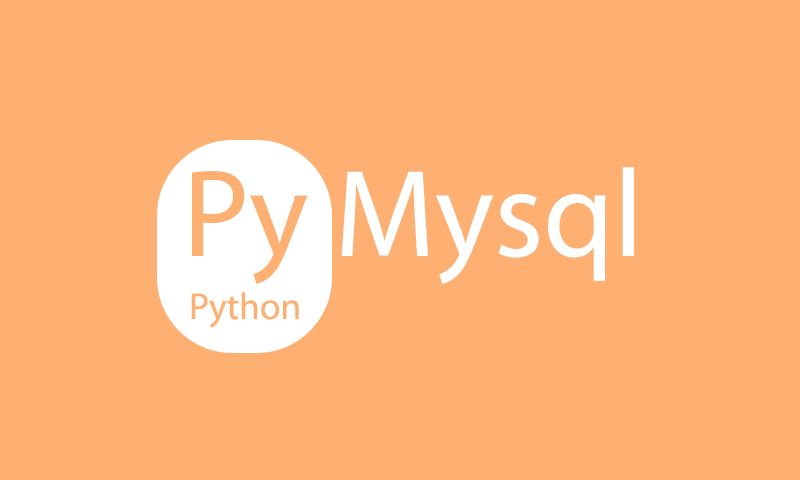
import pymysql
class Mysql(object):
def __init__(self):
try:
self.conn = pymysql.connect(
host='127.0.0.1', # 本机地址
port=3306, # 端口号
user='root', # 用户名
password='1234', # 密码
db='1909A' # 所使用的库
)
except Exception as e: # 捕获异常
print(e) # 输出异常
else:
print('连接成功')
# cursor = conn.cursor() # 如此设置,后面的结果集是以元组的形式出现。
# cursor = conn.cursor(pymysql.cursors.DictCursor) # 这种形式的游标,结果是以字典的形式出现。
self.cur = self.conn.cursor() # 获取游标
def add(self):
try:
sql = 'create table bbb1(id int primary key auto_increment,name varchar (20),age int )'
self.cur.execute(sql) # 执行sql语句
except Exception as e:
print(e)
print('创建失败')
else:
print('创建成功')
def zeng(self):
sql = "insert into bbb1 values (0,'王成阳',28),(0,'李国军',21)"
res = self.cur.execute(sql)
if res:
self.conn.commit()
print('插入成功')
else:
self.conn.rollback()
print('插入失败')
def shan(self):
sql = "delete from bbb1 where id=2"
res = self.cur.execute(sql)
if res:
self.conn.commit()
print('删除成功')
else:
self.conn.rollback()
print('删除失败')
def update(self):
sql = "update bbb1 set name = '李国军' where id=1"
res = self.cur.execute(sql)
if res:
self.conn.commit()
print('修改成功')
else:
self.conn.rollback()
print('修改失败')
def cha(self):
sql = 'select * from bbb1'
self.cur.execute(sql)
# res = self.cur.fetchone() # fetchone 获取一条数据 以元组的形式显示出来
# print(res)
res = self.cur.fetchall() # fetchone 获取所有数据 以元组的形式显示出来
for i in res:
print(i)
def close(self):
self.cur.close()
self.conn.close()
mysql = Mysql()
# mysql.add()
# mysql.zeng()
# mysql.shan()
# mysql.update()
mysql.cha()
# mysql.close()
'''
connect 里面的方法
1、close()
2、commit 对数据的增删改的时候用
3、rollback
cursor.execute 执行sql语句
cursor 里面的方法
execute 执行sql 语句
close 关闭
fetchone fetchone 获取一条数据 以元组的形式显示出来
fetchall fetchone 获取所有数据 以元组的形式显示出来 需要循环显示
'''觉得文章写的不错,可以请喝杯咖啡
- Post link: https://yanxiang.wang/python%E6%93%8D%E4%BD%9CMySQL/
- Copyright Notice: All articles in this blog are licensed under unless otherwise stated.


